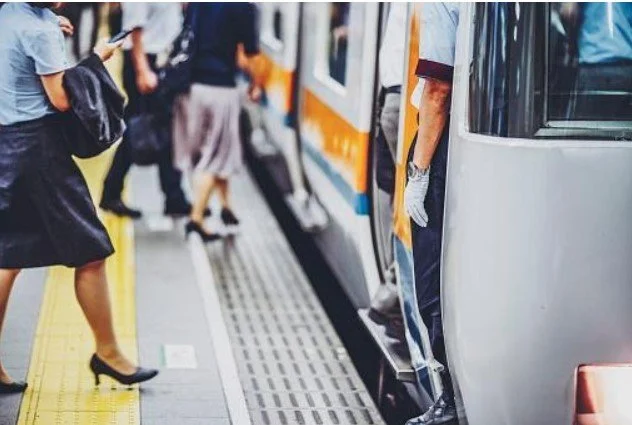How to Increase Your Commuting Satisfaction During Stressful Trips
In recent years, public transport operators have made critical steps to offer a convenient journey for daily commuters. One of them is SMRT, a multi-modal public transport operator in Singapore. SMRT has served millions of passengers by providing a comprehensive, affordable, and efficient transport network.
Experts say there's a relationship between trip satisfaction and modal flexibility. According to a 2016 study published in World Transit Research, commuting trip satisfaction influences passenger's multimodal behavior and modal flexibility during workdays. For this reason, it would be fascinating to look at how daily commuters can rethink their everyday journeys to reduce the stress and anxiety of commuting. With that in mind, we'll explore how to increase satisfaction during daily commutes and ways to make it better.
Rethink your journey
Before the dawn of modern technology, many people view commuting as a waste of time. It's also a cause of annoyance and hassle if you're stuck in between long hours of traffic. Today, gone are those days of riding back and forth in silence. With headphones, smartphones, and tablets, your daily commute can be productive more than ever.
Commuting has become easier to endure in terms of time and distance, all thanks to expanded Wi-Fi networks, comfortable vehicles, and the rise of the digital workplace. Instead of watching strangers or reading the newspaper, you can make regular check-ins at your company's messaging platform to stay up-to-date with office happenings regardless of the distance.
If you're looking for some downtime, you can watch a movie or listen to music, podcast, or audiobook. You may consider grooving to classical music because research shows it relaxes frazzled nerves, reduces stress and anxiety, and produces a calming effect. You can also shop online if you don't have time to do it at home.
Use it as a social time
If technology isn't enough to ease your frustration and boredom during commutes, use it as a social time. Most people treat commutes as a much-needed solitary time before or after a busy day at school or work. It can also be isolating for those who prefer being surrounded by their social circle.
In a 2014 study released in the Journal Of Experimental Psychology, researchers discovered that the majority of train riders think that traveling in solitude is the most enjoyable part of the commute. Those commuters who connected with other passers have the most fulfilling commuting experiences.
If you're looking for a positive twist to your daily commute, take time to reach out to other passengers on your way to and from work. Random conversations with strangers can be a huge mood lifter that would likely benefit both parties. So chat up your fellow passengers and approach them with a friendly smile.
Panic-proof your morning
Morning commutes can be panic-inducing, especially for working parents. They sometimes forget about a couple of things and remember them only when they're already on their way to work.
Before bed, take time to plan for the next morning to manage your commute schedule. This way, you have more control over daily chores, which helps reduce anxiety. The trick is to memorize all details, from making the kid's lunch pack, setting the coffeemaker, and packing your office bag. It's always the little things that ruin your morning, especially if your kids are part of it. So make sure you won't forget the extras, such as homework, permission slips, school uniforms, and musical instruments.
If the evening commute stresses you out, bravely tell your co-workers you have to leave at work on the dot to avoid the traffic and go home to your family early. People likely support others if the person makes their needs public. A great tip is to start making obvious preparations to signal your coworkers you'll leave anytime soon. Place your coat in the most visible spot to let others know you're leaving.
Find an alternative way to commute
There are different types of public transportation, from trains, buses, cabs, cycling, or by foot. Among these choices, driving is the most stressful, according to a study about the relationship between mode choice and commuting stress.
Long commutes come with negative consequences, both in physical and mental health. If you want to keep your commute stress-free, choose the option that doesn't require you to drive. If you have to pick between driving or taking the bus or train, you tend to feel more productive and less stressed after the commute if you choose public transportation instead.
Daily commutes don't have to be every worker's bane of existence. You can always reframe the way you take trips by taking advantage of digital tools, public transportation, and commuting techniques. While commuting is a mundane task, the strategies above are the best ways to stay sane on your daily commute.



